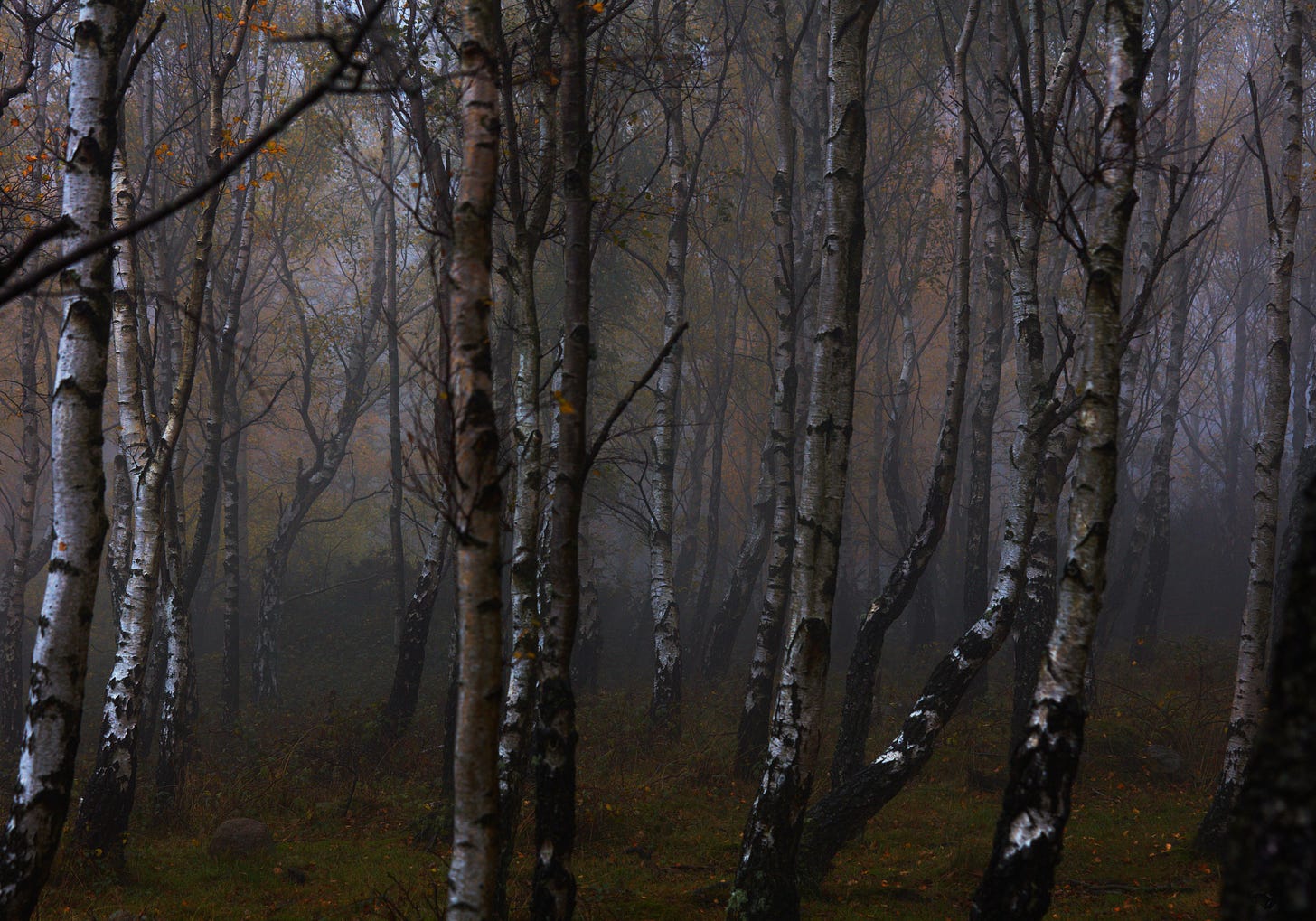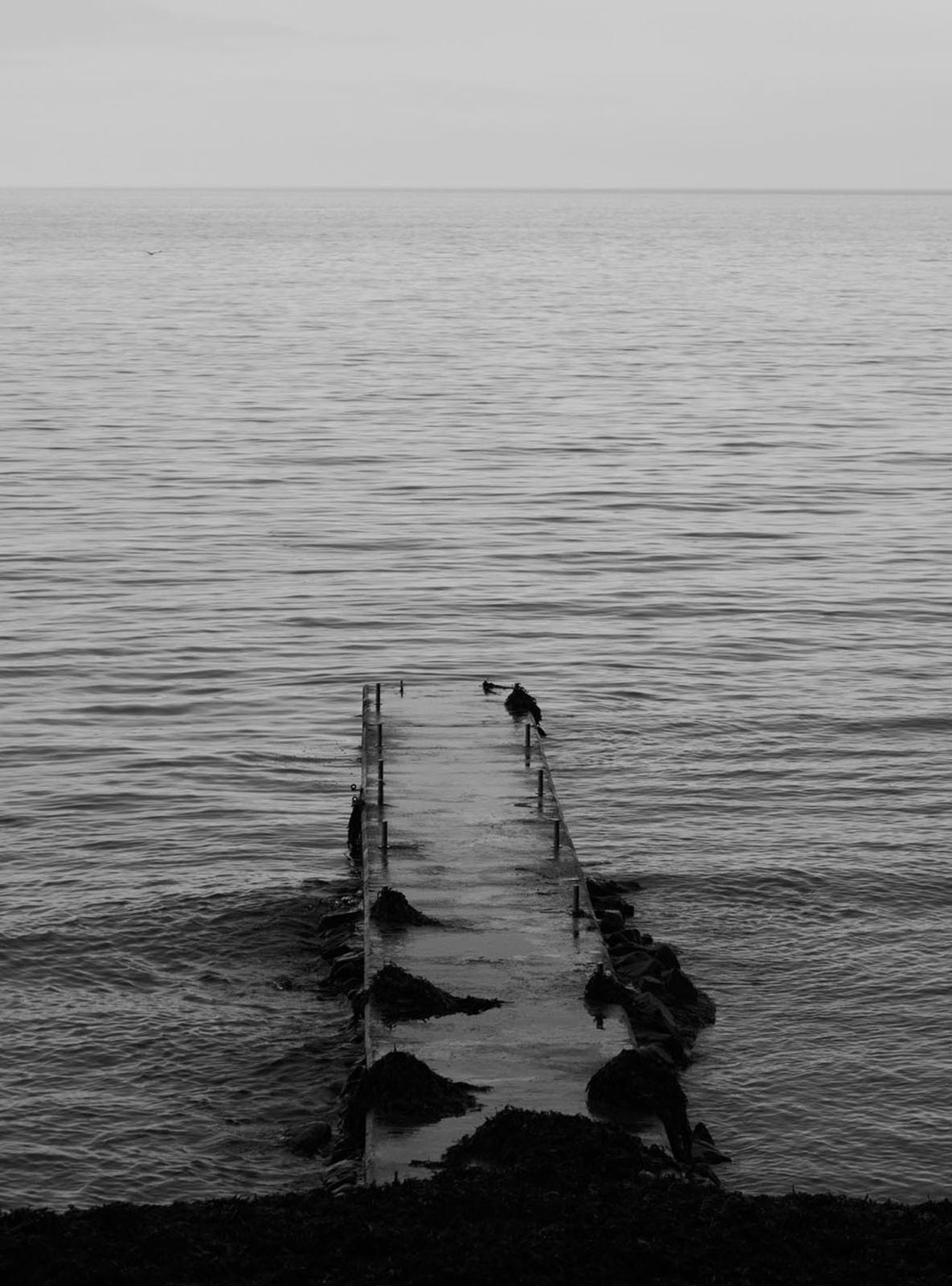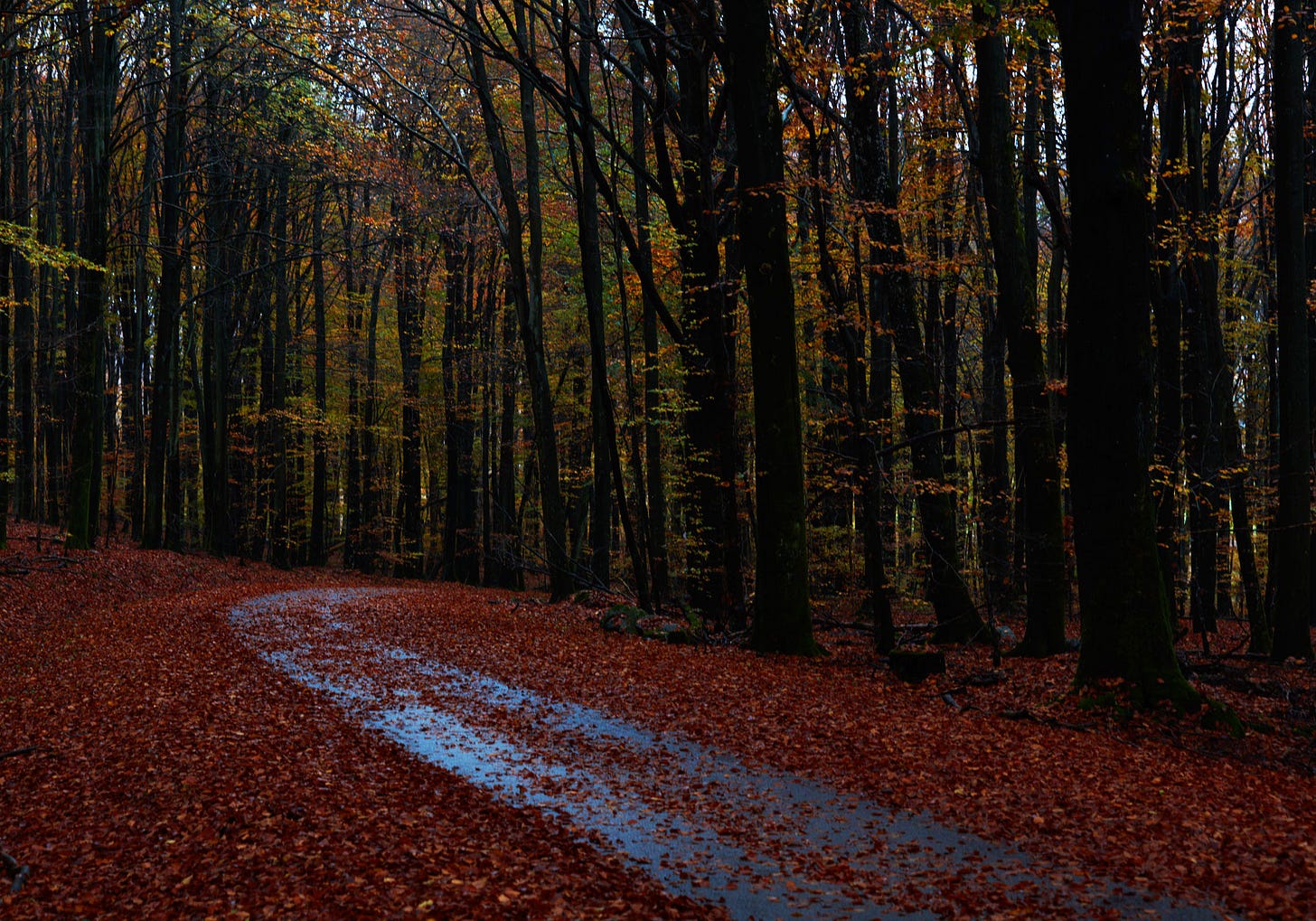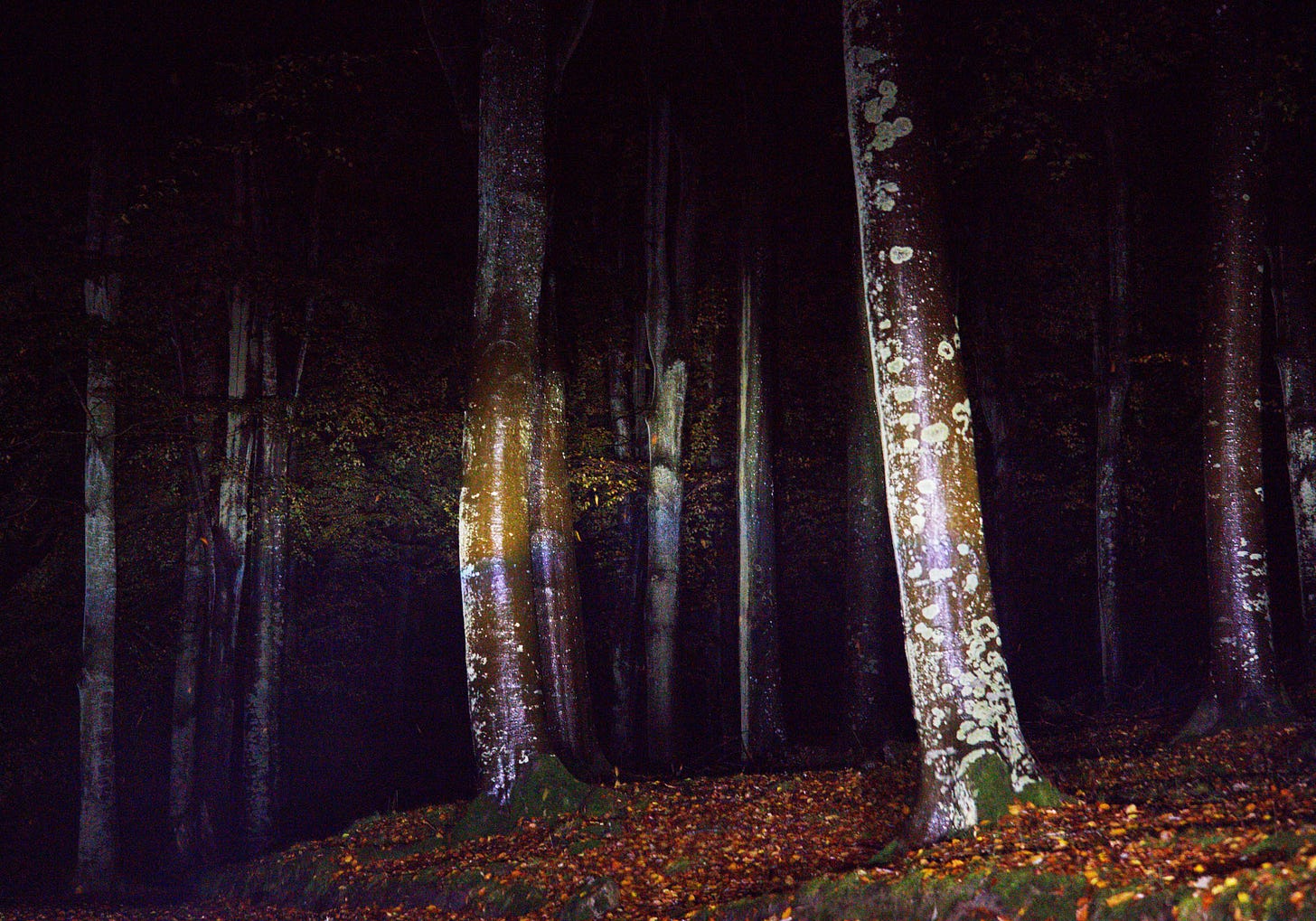In Conversation
Ulf Skarin went from a business profile in Swedish media to a self-employed nomad, going wherever his desire takes him.
You’ve radically changed your life, from living in a condominium in a big city to living a largely nomadic life. What did you do before and how you live now?
My entire adult life I worked as a business journalist, in several different editorial offices, including as editor-in-chief of Veckans Affärer. Ten years ago, I started my own business and was mostly involved in arranging and leading conferences and seminars. At the same time, I acted as a sounding board for entrepreneurs and companies when it comes to communication.
But then the pandemic came, and I no longer had much to do!
Many years ago I read the book “The Hermit’s Cabin” [Eremitens koja] by architect Mats Theselius, and I had carried it with me, in the back of my mind, ever since. The book combines practical instructions on how to build a small cabin with only the most essential things, with philosophical reflections on living a simple and mobile life.
So, I rented out my apartment in Stockholm, bought a campervan (a hut on wheels!) and set off. The plan was to be on the move for a year, but it completely derailed!
Now I’ve lived and travelled in my van, full-time, for four years. The apartment is sold and along the way I found an old, renovated barn in Kåseberga in Österlen, and saw the opportunity to turn it into my "basecamp" with a "vanlife" shop and four apartments for rent, a place I named Kåseberga Hideout.
Last time we met, you talked about how you today view Stockholm, or maybe cities in general, as consumption machines; that so much of a city is about shopping. Is that something you have come to see by distancing yourself from the urban environment? What does your consumption look like today?
Kåseberga Hideout has given me the opportunity to build my own little world. Everything in this world is handpicked solely based on what I like, the range and products sold in the store, the hand-roasted coffee in the café, the interior design of the apartments. And when I live and travel in my van, I only travel to places that I want in my world.
When I last visited Stockholm, it struck me how the city is no longer a natural part of my world. I loved living in Stockholm, but now when I no longer work as a journalist, I really have nothing to do in the city anymore (apart from seeing my adult daughters and old friends.
The whole city is full of “sugar” and empty calories, and I just end up wasting money, I get sucked into a consumption machine that I no longer wish to be a part of. The big advantage of living in 10 square meters is of course that there is no room for more things!
You travel a lot but still regularly return to certain places. Which ones and how did you choose them? What do you like about these places in particular? Is it the nature, the people or something else?
Even though I live a wandering life, I realized after a while that I want to have a number of fixed points to return to. In addition to living in a cabin on wheels, I also wanted to fill my life with more physical activities, skiing, riding a motorcycle, hiking, surfing. So I have searched and found favourite places where I can do just that. And the more I’ve travelled all over Europe, the more I realize that the Nordics are a paradise for me! I now mostly stay in Sweden and Norway; the nature is breathtaking and above all accessible in a way that nowhere else in Europe is.
My idea of the optimal living network is to have a number of places – basecamps – that I can move between depending on the seasons.
I always have the house to live in with me, and among my favorites are places like Kåseberga, Dalsland, Åre and the mountains and fjords in central Norway.
Can you tell me more Kåseberga, and how much of the year are you there?
Kåseberga is a tiny village located right at the foot of Ale Stenar, one of Sweden's most visited tourist destinations. And everyone who visits the stones passes by Kåseberga Hideout!
I'm open from Easter to mid-October, then I close. So, half the year in Kåseberga and the other half on the road.
How would you describe Österlen to someone who has never been there?
Every time I drive east from Ystad, I am taken aback by the fantastic feeling when the forest suddenly opens to the sea and the hills around Kåseberga. This is where the gateway to Österlen is located, and it is truly an “open landscape”. It’s so magically beautiful that my whole body calms down and relaxes when I see it.
When you are as mobile as you are, what are your social relationships like? How often do you meet friends and family?
One of the best things about running a shop and renting out apartments is that you meet a lot of people! Mostly people who are into the same things as you. As a relatively new resident, I’m so happy to have made a lot of new friends in Österlen! And one of my fixed points is still Stockholm, I go there several times a year. Plus, Kåseberga Hideout is the perfect place to invite family and friends.
What are the advantages of the life you live now? Are there any disadvantages?
I’ve talked a lot about the advantages and it’s clear that there are disadvantages. Sometimes I wake up in the morning and have no idea where I am!
The luxury of being able to construct my own world means enormous freedom, but it also means that you have to build all your own structures. You have to constantly find your own drive and motivation, you always have to formulate your own context and meaning.
What does your Tinder profile look like when you're a nomad living in a car?
Haha, it's been a while since I was on Tinder! Instead of wasting time and energy on it, it's much better to try to connect with a stream of people who like the same things as you. And if you're lucky, you'll meet someone like-minded. If you don't, at least you've had fun along the way!









